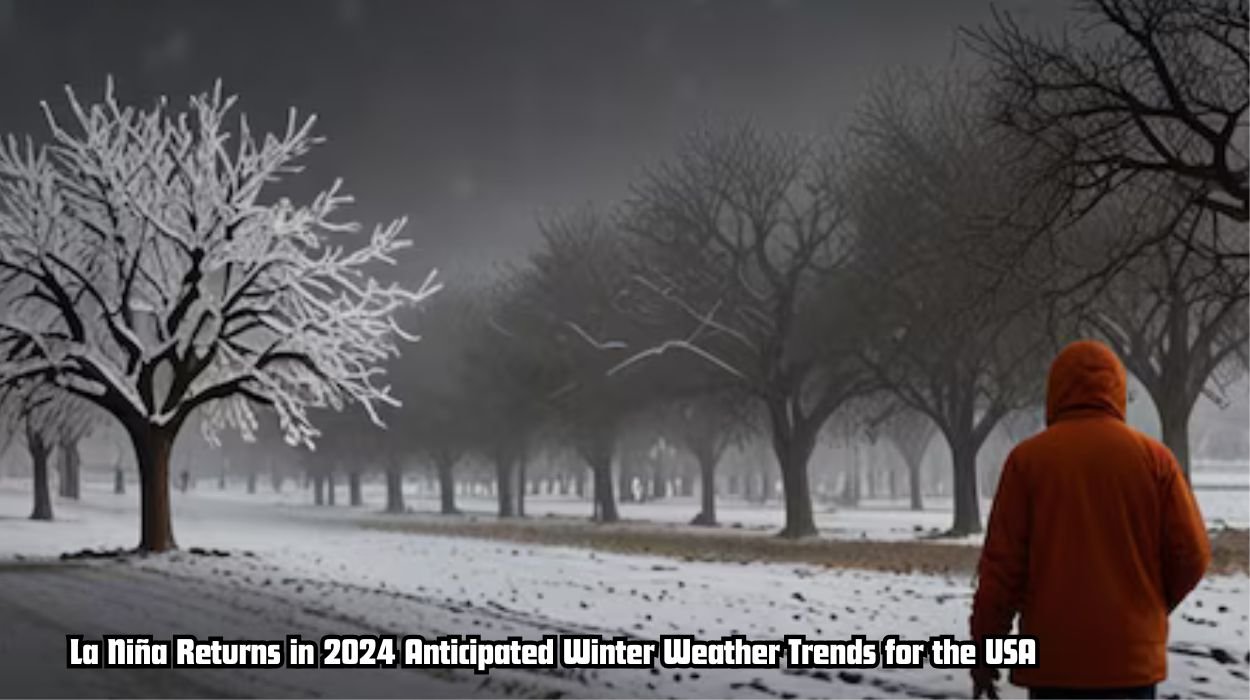Meteorologists are tracking the trend of La Niña 2024, and individuals across the United States are bracing themselves for the impacts of La Niña weather. La Niña, for those who may not know the term, is marked by below-average sea surface temperatures in the central and eastern Pacific, which greatly influences global weather patterns as well.
The autumn season is passing, and the leaves are getting crispy, so now it’s time to move on towards the winter season.
According to the prediction, last year’s winter was unique because La Niña is going to have a very strong impact on weather conditions earlier than before. La Niña could gain development in advance within a week.
The Science Behind La Niña Events
It has already started to have its impact on the temperatures, precipitation, and snow in the United States. La Niña further impacts the global weather, that involves cooler.
The effects of weather tend to be less in summer, whereas the La Niña effects are more during the winter season, and hence the effects of weather are more pronounced during the winter season, which leads to a variety of weather anomalies across different regions.
The winter was dominated by the counterpart of La Niña, which is El Niño, and hence the previous winter has made a record of becoming warmest.
Understanding La Niña: A Brief Overview
La Niña or El Niño are not only the factors that may influence a condition in a weather season or in a location, but they always emphasize the condition because they may impact potentially on the winter weather of the United States, especially when they are strong.
The strength of La Niña matters most, said Emily Becker, an atmospheric scientist at the University of Miami, because ‘if it gets stronger, it will make its impact even stronger’. Atmospheric Scientist Emily .

The La Niña winters are not alike, whereas only the characteristics about temperature and precipitation are shared because of the jet stream behavior-the river of air where storms flow through and it often shifts to the north during a La Niña winter.
The combination of wetter and cooler-than-normal conditions is expected to bring more snow to the Pacific Northwest, but season totals will be warmer than normal over much of the East and end wetter.
FAQS:
What is the characteristic of La Niña?
La Niña is marked by cooler-than-average sea surface temperatures in the central and eastern Pacific, which also have a strong influence on global weather patterns.
Which is the counterpart of La Niña?
La Niña has an equivalent called El Niño.
Conclusion:
By this winter of 2024, La Niña is expected to return; thus, that climatic event should mark various avenues of opportunity and challenges to the United States. That climatic event probably affects the weather much in parts of the country, bearing impacts. From wetter conditions in northern states, making it appear it endures spells of dryness in the south, those who are aware of such dynamics must better prepare.
For years, La Niña gave winter weather a mold. It appears this year is no exception, so appreciation of conditions in terms of the proper timing of breakthroughs will have much to do with navigating through problems like more snowfall in certain areas and drought in others.
Preparation makes all the difference. Whether it means loading up on supplies, ensuring proper winter gear, or keeping abreast of local forecasts, being proactive can help much in curtailing the effects of this climate phenomenon. Listen to updates from NOAA and other meteorological sources about how La Niña will change your winter experience.
Preparing for and understanding these changes can help face a challenge of the winter season, no matter what La Niña has in store for us.

